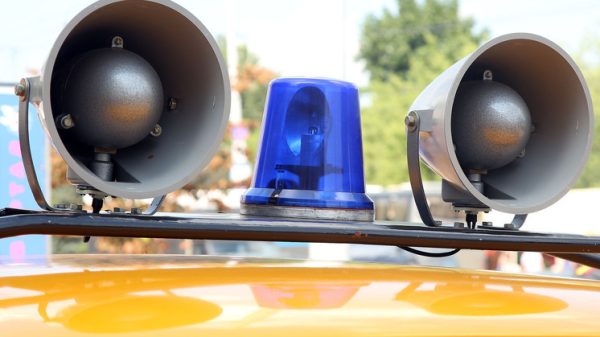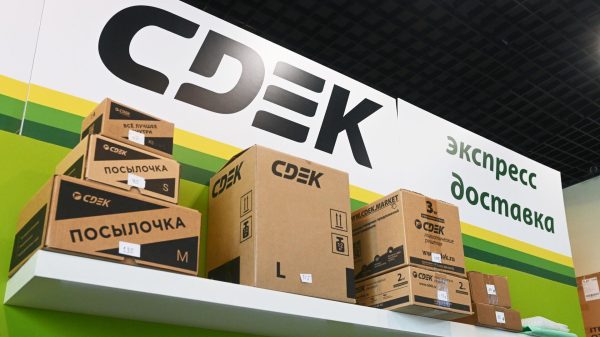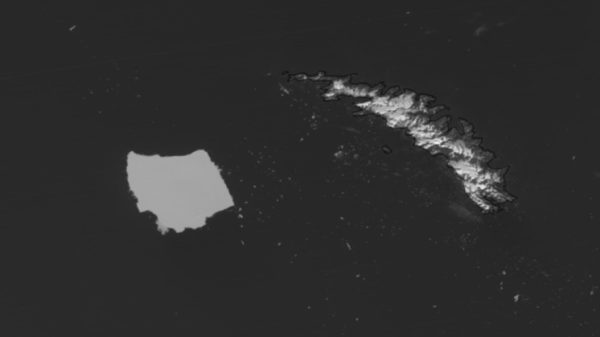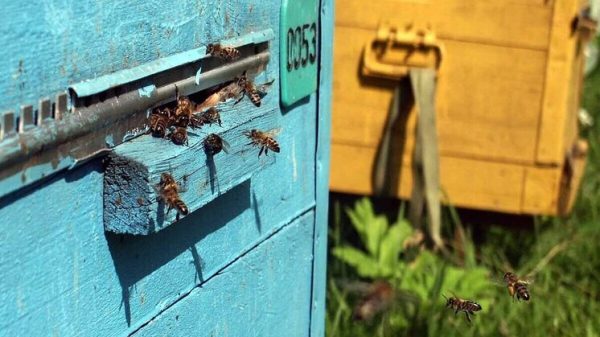A liter bottle contains 240,000 plastic fragments
Bottled water may contain 100 times more plastic particles than expected, a new study has found. Nanoplastics pose a major threat to human health because they are small enough to penetrate human cells, enter the bloodstream and affect organs. These unexpected results are due to the fact that earlier studies only considered microplastics.

A typical one-liter water bottle contains on average about 240,000 plastic fragments, according to a new study. The scientists concluded that many of these pieces have historically gone undetected, suggesting that the health problems associated with plastic pollution may be grossly underestimated.
The first study appears in the journal Proceedings of the National Academy of Sciences bottled water for the presence of plastic particles less than 1 micrometer in length.
Nanoplastics pose a greater threat to human health than microplastics because they are small enough to penetrate human cells and also affect unborn babies. Scientists have long suspected that there were nanoplastic particles in bottled water, but they lacked the technology to identify them.
“It used to be just a dark area that wasn't mapped. The toxicity studies were just guesses about what was there, says Beizhan Yang, an environmental chemist at Columbia University. “This opens a window through which we can look into a world that was previously inaccessible to us.”
The researchers selected seven common types of plastic, which are used to make many water bottles, and polyamide, often used in filters to purify water before it is bottled. They also reportedly found many unidentified nanoparticles in the water. If any of these are also nanoplastics, then the prevalence of plastic in bottled water could be even higher, the researchers note.
Let us remember that more than 450 million tons of plastic are produced annually in the world, most of which ultimately ends up in landfills. The vast majority of products do not degrade naturally, but break down into smaller pieces over time.
While plastic pollution exists everywhere on Earth, bottled water is of particular interest to scientists due to its potential for introducing plastic particles into the human body. An earlier study published in 2022 found that the concentration of microplastics in bottled water was higher than in tap water. A 2021 report warned that simply opening and closing the cap on a plastic water bottle could release tiny pieces of plastic into the liquid.
A new finding shows the research can't stop. Now the scientists plan to study nanoplastics in tap water and snow samples collected in West Antarctica.
“There is a huge world of nanoplastics to be explored,” explains Columbia University biophysicist Wei Ming. “The smaller the objects, the easier it is for them to penetrate inside us.”


























































Свежие комментарии